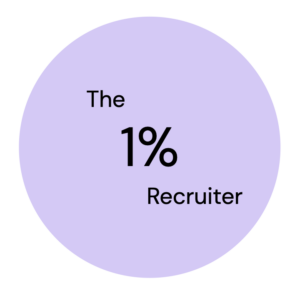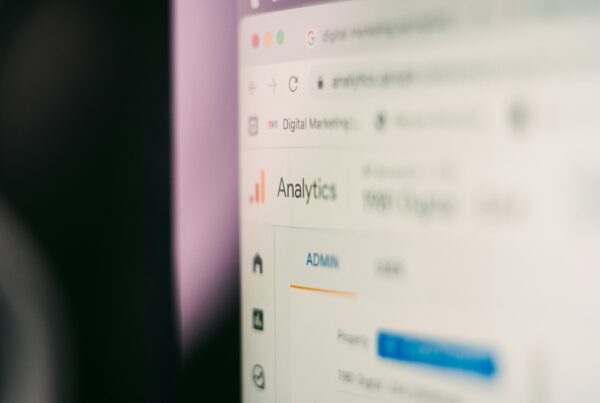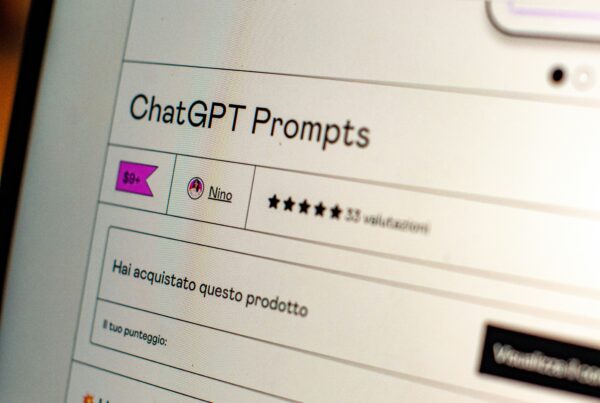
The automation in recruitment isn’t new – ATS and algorithmic job matching have been around for over a decade. But 2023 changed the game. Generative AI and LLMs surged into the hiring space, promising efficiency and precision at a scale we’ve never seen before.
You’ve probably heard the classic “AI will replace recruiters” narrative. Spoiler alert: It won’t. At least, not in the way people assume. The hope that AI can take over the hiring process is often misplaced and pushed by those who don’t fully understand its nuances.
To dig into the cracks AI can create, Heleen Anderson and Artyom Kobahidze – two recruiters with 10+ years of industry experience – put their efforts together to pick each other’s brains and share their experiences with the good and the bad uses of AI in hiring processes.
1. Missing the Mark: How AI Overlooks Qualified Candidates
AI-powered sourcing isn’t as smart as people think. One of its biggest pitfalls? Keyword tunnel vision.
▪️ Manipulating the system: Unqualified candidates who pack their resumes with the right keywords often get ranked high in AI-driven matching systems.
▪️ The invisible seniors: Senior professionals, on the other hand, often have minimalist LinkedIn profiles. No keyword stuffing. No unnecessary fluff. AI misjudges them as weak candidates or dismisses them completely.
Artyom recalls cases where some of the perfect matches who ended up being hired for senior roles, showed as low as 18% match in the ATS. Meanwhile, candidates who knew how to “cheat the system” had perfect scores but were not considered for screening calls because human recruiters spotted them easily and would not let them through.
AI doesn’t get nuance. Human recruiters do. The best recruiters “read between the lines,” spot potential, and understand experience depth in ways AI simply can’t.
2. Reputation Loss: The Candidate Experience Disaster
Imagine being a senior product manager who’s invested years building expertise… only to be asked to interview with a bot. This isn’t hypothetical. Heleen recalls a case where a well-noted telco company, investing heavily in employer branding, did exactly this. The candidate withdrew immediately and promised never to apply to the company again.
Candidates are smart and sense indifference. If your hiring process feels robotic and impersonal, your reputation will suffer. Hoping the AI will do the job for you, simply ends up very costly.
AI-driven hiring often prioritizes those with the highest motivation and willingness to “play the game” not necessarily those best suited for the job.
3. The Over-Reliance Trap: Adieu Recruiting Superpowers
▪️ The Deskilling of Recruiters: Recruitment is about building relationships, both with candidates and internal stakeholders, your hiring team. Delegating relationship-building (and thinking!) to AI, consequently, leads to losing human superpowers: your intuition and the ability to influence people throughout the recruitment funnel.
Ironically, when recruiters outsource their thinking to algorithms, they become replaceable in the very process they should be leading. Honestly, this applies to each and every role in the market.
▪️ The Illusion of a “Magic Hiring Fix”: AI won’t fix a broken hiring process. If your recruitment workflow is chaotic, AI will simply amplify that chaos. Garbage in, garbage out. If your data is biased or low-quality, AI will multiply the errors. Recruiters’ intelligence indeed becomes artificial, and quick fixes pile u,p becoming huge bottlenecks in attracting and hiring top talent.
Companies hoping that AI will magically solve their hiring issues will only see higher costs, longer hiring times, and less human recruitment experience.
The Way Forward: AI for Efficiency, Humans for Relationships
Understand the context and learn to make a difference:
▪️ Use AI where scale matters: AI works well for pre-screening high-volume roles: customer service, front office, entry-level positions, working through 200+ applications and ensuring that everyone gets fair assessment and feedback.
▪️ Know when to back off: Top engineers and executives hate automated hiring steps. Their time is valuable and they expect meaningful, high-touch interactions.
Tailor AI usage to role seniority. The higher the stakes, the more human involvement is needed.
Where AI Adds Value Immediately
✔️ Summarizing candidate calls into structured feedback, saving hours each week.
✔️ Drafting job ads and descriptions to match the company’s tone of voice, lingo, and cultural quirks.
✔️ More advanced talent mapping: speed up market intelligence gathering and salary benchmarking when entering new markets and unknown territories.
The Future for Recruiters?
AI isn’t a silver bullet. Used correctly, it makes recruiters more powerful. Used blindly, it erodes their value. The winning formula is AI + human judgment, not AI instead of judgment. Smart recruiters will master both.
This is a collaborative article written together with Artyom Kobahidze and published in LinkedIn’s Newsletter “The 1% Recruiter“.
Subscribe to my LinkedIn Newsletter "The 1% Recruiter"




